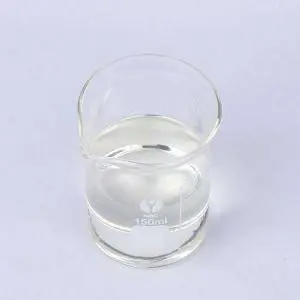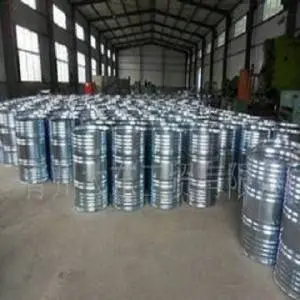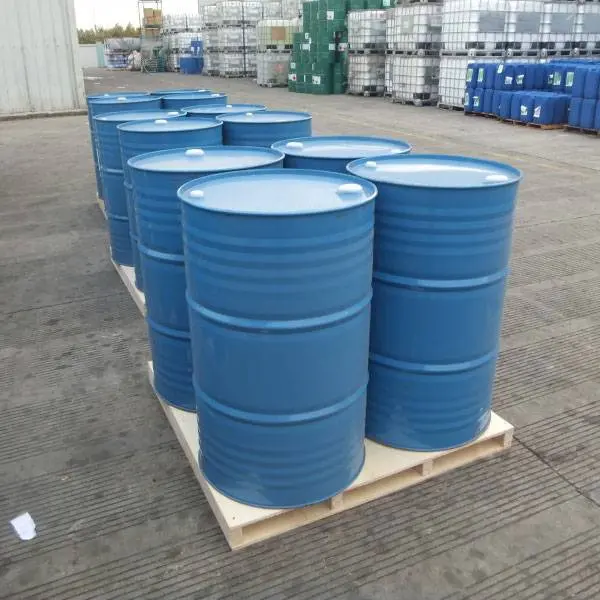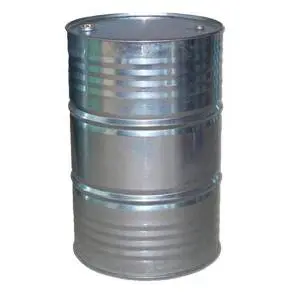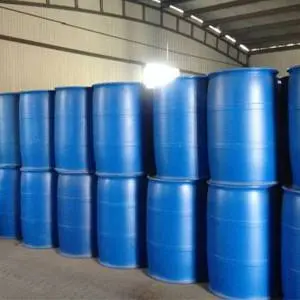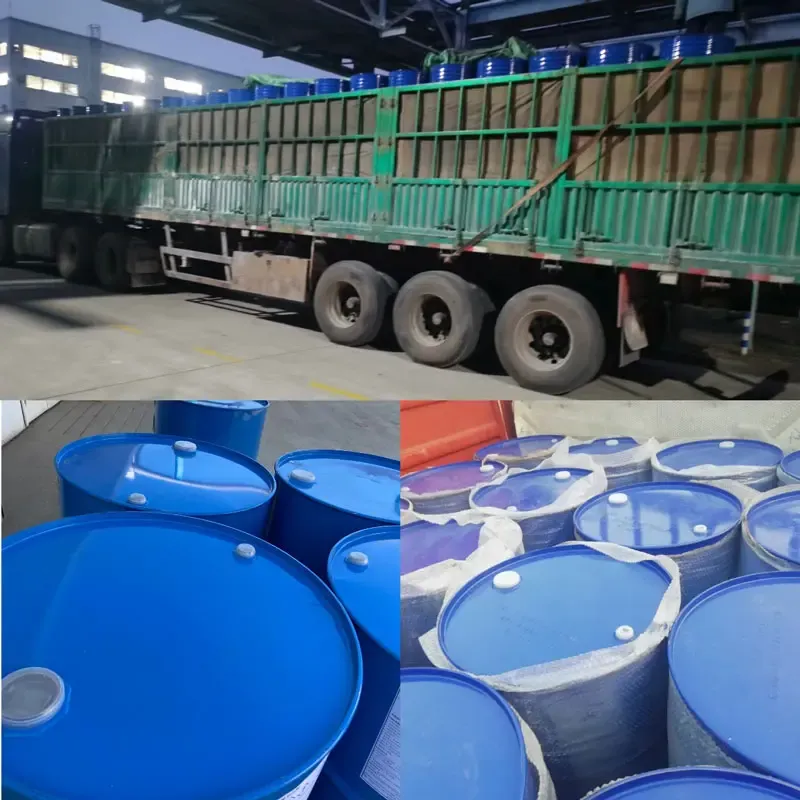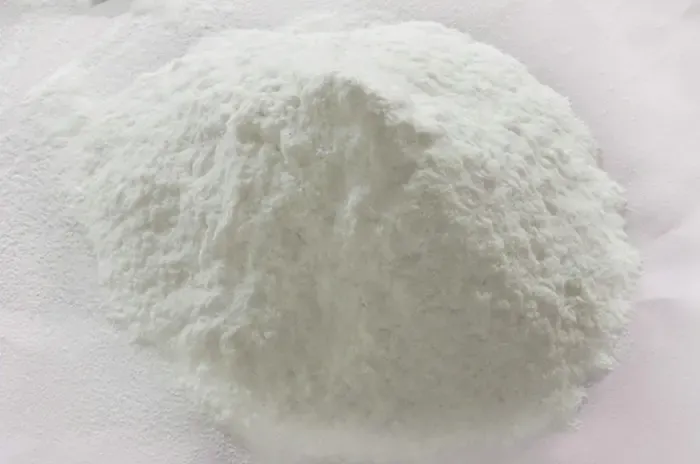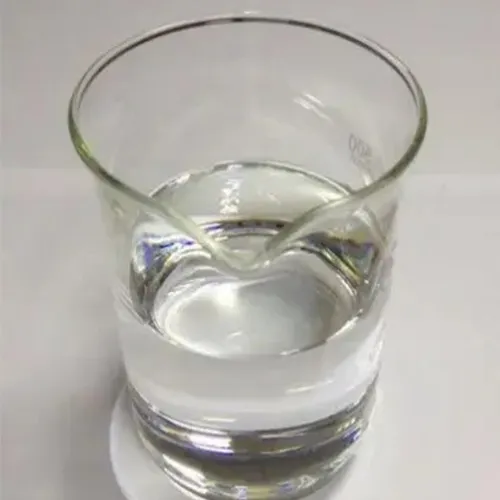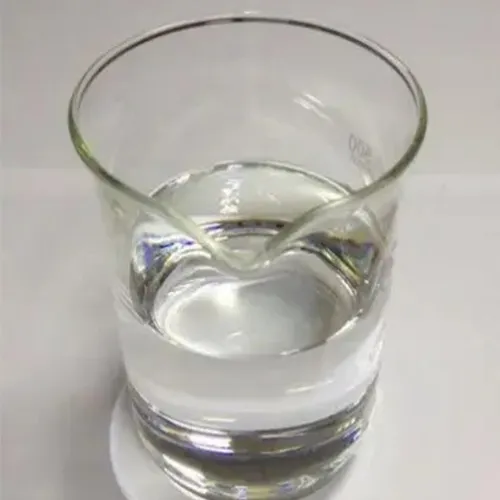Methyl Morpholine (NMM) 99% | High-Purity Solvent & Catalyst
A Buyer’s Field Note on Methyl Morpholine in 2025
If you source amine catalysts for polyurethane or epoxy work, you’ve probably bumped into Methyl Morpholine (often shortened to NMM). To be honest, the market is steady but evolving—greener synthesis routes are gaining traction, while users still demand tight moisture control and reliable lead times.
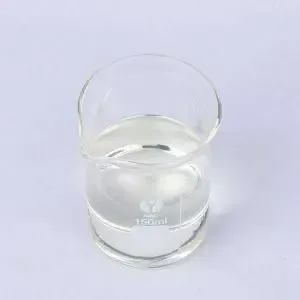
What it is (and a quick note on naming)
Industry shorthand says Methyl Morpholine is a tertiary amine used as a catalyst, base, and process aid. Interestingly, the supplier page sometimes shows a short description for N‑Formylmorpholine (C5H9NO2; CAS 4394-85-8)—a related derivative and solvent. It happens. I’ve seen this across catalogs—so do what savvy buyers do: request the latest COA/SDS to confirm the exact identity before placing a bulk order.
Typical technical profile (buyer’s snapshot)
| Parameter | Typical/Target (≈; real-world use may vary) |
| Identity | Methyl Morpholine (N‑Methylmorpholine), sometimes listed alongside N‑Formylmorpholine on vendor pages—verify COA |
| Appearance | Clear, colorless liquid |
| Purity (GC) | ≥ 99.0% (typical spec) |
| Water (KF) | ≤ 0.20% |
| Boiling Point | ≈ 115–118 °C |
| Density (20 °C) | ≈ 0.86–0.88 g/cm³ (ASTM D4052) |
| Flash Point | Low; check current SDS (often reported below 0 °C) |
| Origin | Jinling Mansions No.106-1 East Yuhua Rd., Shijiazhuang, Hebei, China |
| Packaging | ≈ 180 kg steel drums; IBCs on request |
| Shelf life | 12–24 months sealed, nitrogen-blanketed, away from heat |
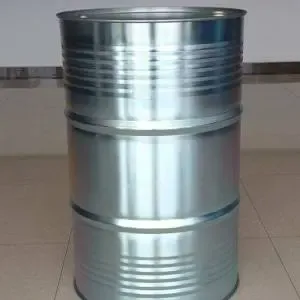
Where it’s used (and why)
- Polyurethane foams and elastomers: tertiary amine catalyst; often tuned with water spec to avoid side reactions.
- Epoxy systems: accelerator/base in ambient-cure formulations; improves pot life consistency.
- Fine chemicals and pharma intermediates: acid scavenger and base in alkylation/acylation steps.
- Refinery/amine gas treating, corrosion inhibitor blends, and coatings—reported by buyers in APAC and EMEA.
Advantages buyers call out: fast, predictable catalysis; good handling window (with proper ventilation), and compatible with standard drum/IBC logistics. The odor is amine-typical—noticeable but manageable with closed transfer. Many customers say moisture control is the make-or-break factor.
Process, QC, and standards
Commercial Methyl Morpholine is commonly made by methylating morpholine (routes include methanol/hydrogen catalysis or dimethyl carbonate—latter seen as a greener path). Typical QC: GC purity (area%), water by Karl Fischer (ASTM E203), density (ASTM D4052), and sometimes amine value (ASTM D2073). Safety and labeling follow GHS/REACH where applicable.
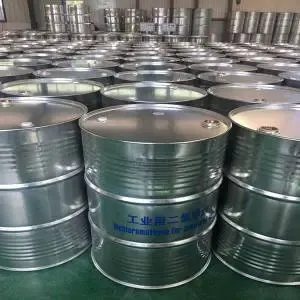
Vendor snapshot (quick comparison)
| Vendor | Purity Spec | Water | Packaging | Certs | Lead Time |
| Sincere Chemicals (Hebei) | ≥99.0% (GC) | ≤0.20% | 180 kg drums / IBC | ISO 9001; REACH-ready (ask) | ≈ 2–3 weeks |
| Regional Distributor (EU) | ≥99.0% | ≤0.10–0.20% | Drum/IBC | REACH reg.; SDS local language | Stock/spot |
| Trading House (APAC) | ≥98.5–99.0% | ≤0.30% | Drum | COA/SDS only | ≈ 3–5 weeks |
Customization and real-world tweaks
- Moisture spec tightening (≤0.10% KF) for moisture-sensitive polyurethane systems.
- Inhibitor-free vs. stabilized grades—confirm compatibility with your resin package.
- Returnable IBC program, nitrogen blanket, and drum heaters for winter deliveries.
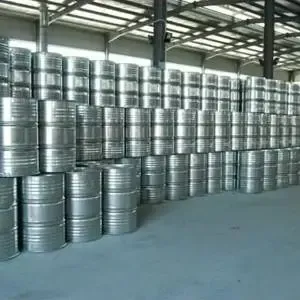
Case notes
Coatings plant, MENA: Switching to Methyl Morpholine with ≤0.10% water trimmed gel-time variance by ~12% and cut rework on hot days. Actually, the bigger win was consistent density checks (ASTM D4052) at intake.
Foam maker, SEA: Adopted greener DMC-route material; catalysis unchanged in trials, but EHS audit went smoother thanks to improved SDS traceability and ISO 9001 paperwork.
Safety, compliance, trends
Methyl Morpholine is flammable and an irritant—use closed transfer, local exhaust, and PPE; verify current GHS classification, exposure limits, and transport rules. Trend-wise, I’m seeing more demand for low-moisture specs, REACH-aligned dossiers, and DMC-based synthesis to reduce chlorinated by-products.
Citations
- PubChem. N‑Methylmorpholine compound record. https://pubchem.ncbi.nlm.nih.gov/
- ECHA. Registered Substances: N‑Methylmorpholine dossier (GHS/REACH data). https://echa.europa.eu/
- ASTM International. ASTM D4052 (Density) and ASTM E203 (Karl Fischer). https://www.astm.org/
- Representative SDS for N‑Methylmorpholine (major suppliers, 2024–2025 editions).
Post time: Oct . 18, 2025 16:40





